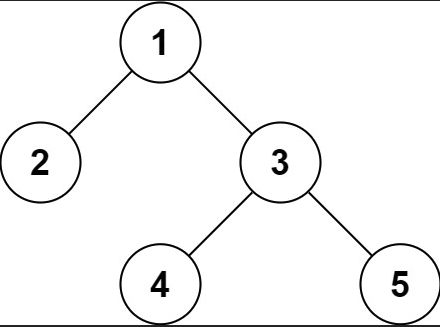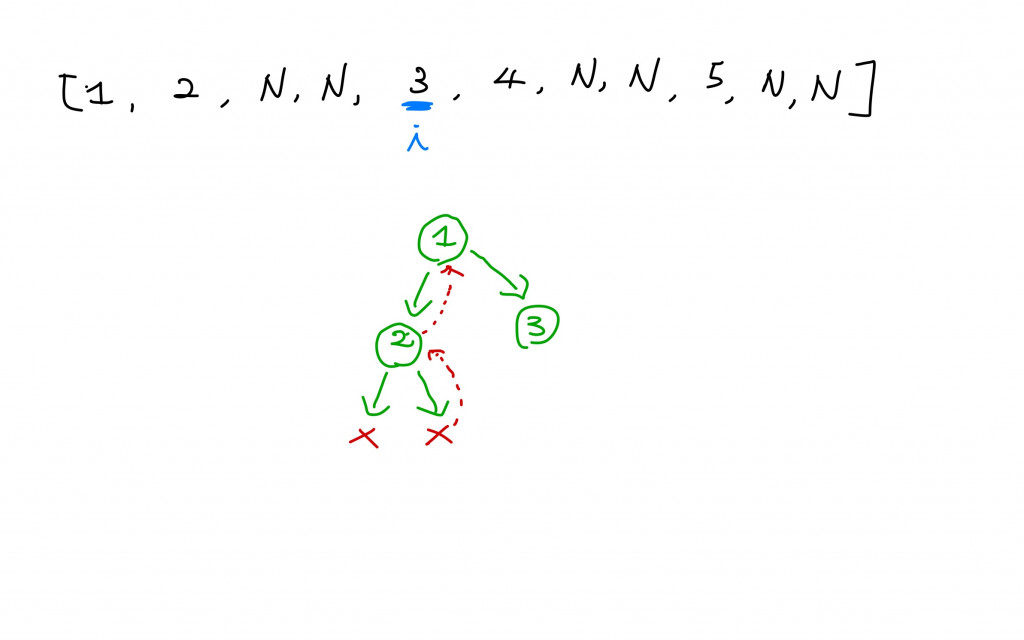Hi 大家好,今天要繼續來分享歸類在Design的題目。這種模擬實際系統中的核心功能的題目在python中最常用到的資料結構就是list, dictionary, deque, linked list(可以參考前面的篇章中的LRU Cache)。
題目敘述:
設計一個日誌系統可以依時序接受訊息。每一種訊息要等至少10秒才能再印出相同的訊息。
需要完成"bool shouldPrintMessage(int timestamp, string message)"回傳True如果這類型的訊息在這個時間點是可以印出來的,否則就回傳False。
Example1:
Input
["Logger", "shouldPrintMessage", "shouldPrintMessage", "shouldPrintMessage", "shouldPrintMessage", "shouldPrintMessage", "shouldPrintMessage"]
[[], [1, "foo"], [2, "bar"], [3, "foo"], [8, "bar"], [10, "foo"], [11, "foo"]]
Output
[null, true, true, false, false, false, true]
Explanation
Logger logger = new Logger();
logger.shouldPrintMessage(1, "foo"); // return true, next allowed timestamp for "foo" is 1 + 10 = 11
logger.shouldPrintMessage(2, "bar"); // return true, next allowed timestamp for "bar" is 2 + 10 = 12
logger.shouldPrintMessage(3, "foo"); // 3 < 11, return false
logger.shouldPrintMessage(8, "bar"); // 8 < 12, return false
logger.shouldPrintMessage(10, "foo"); // 10 < 11, return false
logger.shouldPrintMessage(11, "foo"); // 11 >= 11, return true, next allowed timestamp for "foo" is 11 + 10 = 21
分析:
使用hashmap去對應不同的訊息和下一次訊息可以被印出的時間點,如果現在出現的訊息尚未被紀錄在hashmap中代表是第一次發出這種訊息,或著發出這個訊息的時間點已經比儲存在hashmap中所規定的時間點久了。上述兩種情況更新hash map並且回傳True。
class Logger:
def __init__(self):
self.record = {}
def shouldPrintMessage(self, timestamp: int, message: str) -> bool:
if message not in self.record or timestamp >= self.record[message]:
self.record[message] = timestamp + 10
return True
else:
return False
# Your Logger object will be instantiated and called as such:
# obj = Logger()
# param_1 = obj.shouldPrintMessage(timestamp,message)
設計一個瀏覽器中可以根據歷史紀錄去瀏覽網站的功能。
分析:
class BrowserHistory:
def __init__(self, homepage: str):
self.sites = [homepage]
self.curr = 0
def visit(self, url: str) -> None:
if self.curr != len(self.sites) - 1:
for _ in range(self.curr + 1, len(self.sites)):
self.sites.pop()
self.sites.append(url)
self.curr += 1
def back(self, steps: int) -> str:
count = 0
while self.curr > 0 and count < steps:
self.curr -= 1
count += 1
return self.sites[self.curr]
def forward(self, steps: int) -> str:
count = 0
while self.curr < len(self.sites) - 1 and count < steps:
self.curr += 1
count += 1
return self.sites[self.curr]
# Your BrowserHistory object will be instantiated and called as such:
# obj = BrowserHistory(homepage)
# obj.visit(url)
# param_2 = obj.back(steps)
# param_3 = obj.forward(steps)
題目敘述:
建造一個可以創建新的路徑以及和這個路徑對應的值得File system。
需要有父路徑,才能有子路徑,否則在建造時回傳False。只有成功建造出某路徑時才回傳True。
如果要建造的路徑已經存在也回傳False。
可以去存去和路徑對應的值。(這邊的值應該就是對應真實檔案系統中的檔案)
Example1:
Input:
["FileSystem","createPath","createPath","get","createPath","get"]
[[],["/leet",1],["/leet/code",2],["/leet/code"],["/c/d",1],["/c"]]
Output:
[null,true,true,2,false,-1]
Explanation:
FileSystem fileSystem = new FileSystem();
fileSystem.createPath("/leet", 1); // return true
fileSystem.createPath("/leet/code", 2); // return true
fileSystem.get("/leet/code"); // return 2
fileSystem.createPath("/c/d", 1); // return false because the parent path "/c" doesn't exist.
fileSystem.get("/c"); // return -1 because this path doesn't exist.
從上面的範例中可以看出因為沒有先建立"/c"就想建立"/c/d",所以回傳False。
分析:
class FileSystem:
def __init__(self):
self.fs = {"": 0}
def createPath(self, path: str, value: int) -> bool:
path = path.split('/')
directory = '/'.join(path[:-1])
if directory not in self.fs:
return False
if directory + '/' + path[-1] in self.fs:
return False
self.fs[directory + '/' + path[-1]] = value
return True
def get(self, path: str) -> int:
path = path.split('/')
path = '/'.join(path)
if path not in self.fs:
return -1
return self.fs[path]
# Your FileSystem object will be instantiated and called as such:
# obj = FileSystem()
# param_1 = obj.createPath(path,value)
# param_2 = obj.get(path)
題目敘述:許多時候會將資料結構轉換成某種序列,方便儲存在檔案或是記憶體緩衝中,也可能是為了利用網路傳輸。並且之後再將這列序列重新建回原本的資料結構。今天要轉換的是二元樹,把二元樹轉換成字串後,再利用這個字串轉換回一模一樣的二元樹。
Example1:
(圖源:leetcode)
Input: root = [1,2,3,null,null,4,5]
Output: [1,2,3,null,null,4,5]
中間要轉換成什麼格式的字串,可以由programmer自行決定。
分析:

# Definition for a binary tree node.
# class TreeNode(object):
# def __init__(self, x):
# self.val = x
# self.left = None
# self.right = None
class Codec:
def serialize(self, root):
"""Encodes a tree to a single string.
:type root: TreeNode
:rtype: str
"""
res = []
def dfs(node):
if not node:
res.append('N')
return
res.append(str(node.val))
dfs(node.left)
dfs(node.right)
dfs(root)
return ','.join(res)
def deserialize(self, data):
"""Decodes your encoded data to tree.
:type data: str
:rtype: TreeNode
"""
data = data.split(',')
self.i = 0
def dfs():
if data[self.i] == 'N':
self.i += 1
return None
node = TreeNode(int(data[self.i]))
self.i += 1
node.left = dfs()
node.right = dfs()
return node
return dfs()
# Your Codec object will be instantiated and called as such:
# ser = Codec()
# deser = Codec()
# ans = deser.deserialize(ser.serialize(root))
今天是鐵人賽的最後一篇。能夠連續30天完成這個主題,我心中還是有點小小的成就感,雖然不管是向他人表達自己的解題脈絡或著解題的技巧我都還有很大的進步空間,但會繼續加油的。明年的話也想要來挑戰不同的主題。希望大家都能一起進步!
